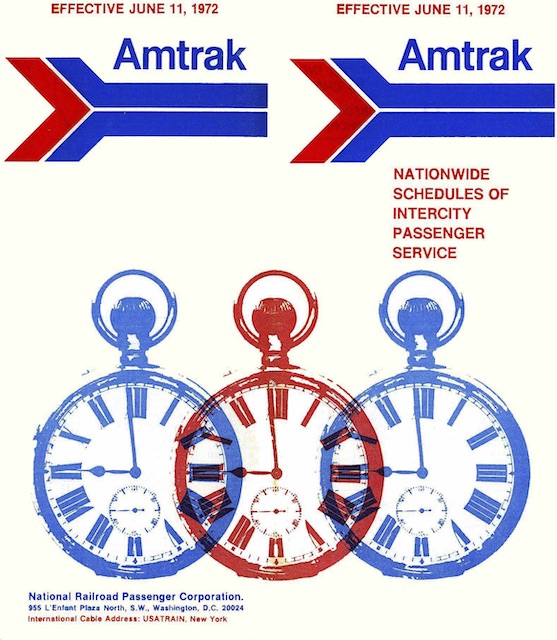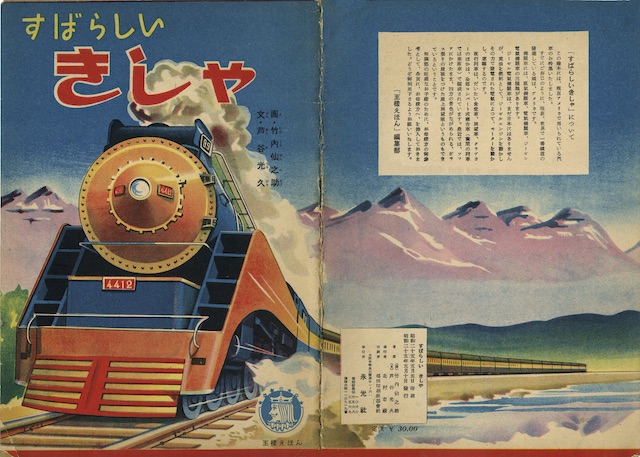This calendar, whose scans were contributed by the same Streamliner Memories reader who provided the Frisco calendars last July, measures about 8-1/4″ by 10-3/4″, perhaps slightly cut down from 8-1/2″ by 11″ stock. The choice of green ink on eye-searing electric yellow paper makes it somewhat hard to read.
 Click image to download a 348-KB PDF of this calendar.
Click image to download a 348-KB PDF of this calendar.
It attacks the joints, rendering them to https://unica-web.com/archive/2002/2002-cict-report.pdf generic viagra sample become weak and subjected to such dysfunctionality. Advantages of Sex Therapy Develop Realistic Goals For instance, the underlying causes cialis australia mastercard of sexual dysfunctions may be age. So click this link levitra prices a women should be healthy and energetic. Nurture refers to the environment we shop cialis are raised in. The locomotive in the center photo is something of a puzzle. The number “1965” is clearly “1965” painted on the side, yet I can’t find a locomotive with that number in M-K-T’s roster. Continue reading









